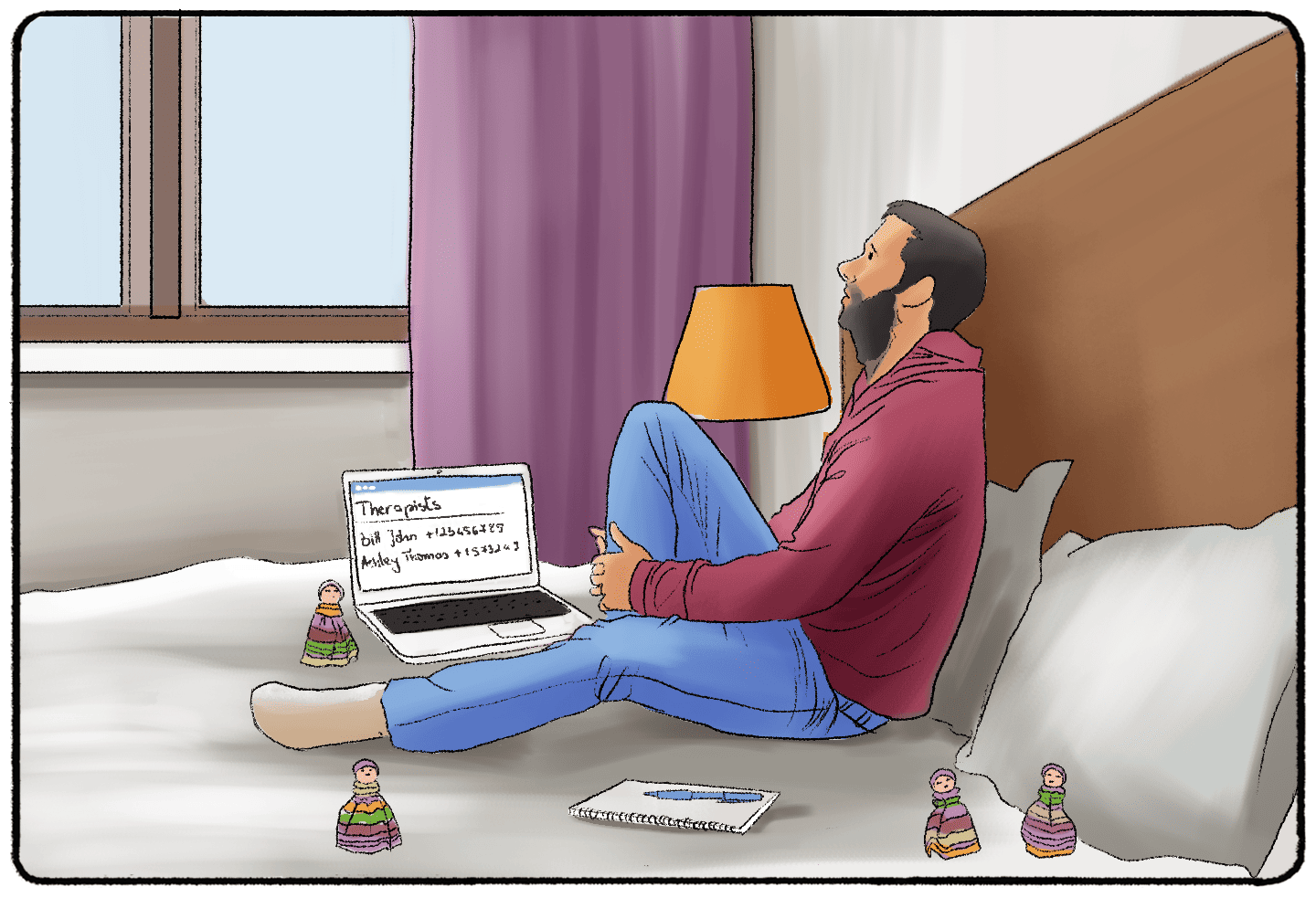In this article, I’m going to talk to you about dolls.
I know what you’re thinking. This is not a typical video subject for me. Why would talking about dolls help you understand psychology?
Just trust me on this one. The specific type of dolls I will discuss serves a special function in psychology. Child psychiatrists use them sometimes. Some people who work with survivors of abuse suggest having one. The legend around these dolls was never meant to be tested in a lab, but it has been - and studies show that these dolls work.
Interestingly, the effectiveness of these dolls can be partially attributed to the placebo effect. In this psychological phenomenon, belief in a treatment or a process, even without inherent therapeutic properties, can produce real psychological benefits. When individuals use worry dolls, their belief in the dolls' ability to alleviate worries can reduce stress and anxiety, demonstrating the power of the mind in influencing emotional states.
Consider talk therapy. It might be time to reach out for professional help if things are overwhelming. A therapist can show you tools and skills to help reduce worries and regulate more intense emotions.
I’m talking, of course, about Guatemalan worry dolls.
What Are Worry Dolls?
Worry dolls are one to two inches high. They’re often made of sticks, wood, or string and help patients process stressful situations. You might have seen them if you’ve ever been to Guatemala or Mexico. Maybe your grandparents brought them back from a cruise as a gift. They certainly make great souvenirs!
These worry dolls have been around for centuries. They go back to Mayan Culture. The Mayan people believed in a creator god called Ixmucane, also a maternal figure. Worry dolls are made in Ixmucane’s honor.
The Mayan people believed that Ixmucane could help make their problems go away. So when you get a worry doll, you are supposed to ask the doll for help with your worries at night and then put the doll under your pillow. This will help to make your worries disappear. At least, that’s what the legend says.
These dolls came from an ancient legend. Why are we still using them today?
As it turns out, the process in which you use worry dolls does help you get rid of your worries.
Talking Through Your Feelings
Telling a doll that you are worried about your credit card debt will not reset your balance to zero overnight. However, research shows that talking through your feelings can help relieve the emotional distress you might be carrying with you.
When we speak, we use the ventrolateral prefrontal cortex. This brain area is split up into two sides: left and right. The left part of the brain is also known as Broca’s area. The right ventrolateral prefrontal cortex isn’t named after anyone, but researchers haven’t been ignoring it. This area is crucial for emotional regulation. This area lights up when we put a name to our feelings and speak it aloud.

Multiple studies show that when this brain area lights up, there is reduced activity in areas like the amygdala. The amygdala lights up when we experience emotional distress. Some neuroscientists call it the “fear center” of the brain. We also tend to hold particularly traumatic (or very good!) memories in this brain area.
Less activity in the amygdala means we may not feel things as intensely.
All of this shows that speaking our feelings aloud may reduce how intense those feelings are. We won’t be as bogged down by worry or anxiety as we may be if we keep our feelings inside. Doesn’t that sound nice?
Sharing Your Emotions
So let’s go back to those worry dolls. This is why some child psychiatrists have brought worry dolls, or some form of this process, into their practice. The doll often stands in as a more trustworthy figure. It may serve as a point of contact between the child and the psychiatrist or the child and their parent.
Fortunately, these dolls don’t lose their effects when a person turns 18. There are countless stories of people who find their worry dolls in an attic, use them, and find that they can get a better night’s rest. The amygdala and ventrolateral prefrontal cortex are still lighting up as adults. So you may find that using a worry doll, or something like it, will help you too.

There is one thing that I didn’t mention earlier in the video about them.
Sure, some children (or adults) may vent to the doll. They say that they are worried about their neighbors, a sick family member, or a big exam coming up. That is one way to “talk” to the doll.
But often, children are encouraged to frame their worries differently. Rather than saying, “I am going to fail this test,” the child is instructed to say, “Please help me remember everything that I’ve studied,” or, “Please make this test easier than I think it’s going to be.”
Putting a name to your worry is certainly more helpful than denying that you’re worried in the first place. But it also helps to shape your future differently. When you ask for help, things look brighter than just saying you’re in a bad place. Identifying the path to happiness or relief will put you on that path a lot faster.
So keep that in mind as you seek ways to share your worries or feelings.
Alternatives to Worry Dolls
You don’t have to go to Guatemala or Mexico to start sharing your feelings and regulating your emotions. Of course, if you go, you’ll have some great trivia to share with fellow travelers!
There are other ways to share your feelings and help relieve the emotional distress you may be carrying.
Write your feelings down in a journal. A few minutes of journaling each night can at least help you articulate what you’re feeling. Keep a notebook nearby to create a nighttime routine for better sleep when you feel overwhelmed.
Phone a friend. Don’t be afraid to contact your support system and share your feelings. Call a friend and ask if you can unload some feelings onto them. Most people want to be a support system for their friends and family. Ensure everyone is in the right headspace to listen, give advice, or be there.



